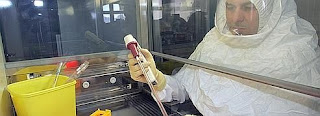Medical School Rankings Average MCAT Scores
Washington University in St. Louis School of Medicine 12.5
Harvard Medical School 11.9
University of California--Los Angeles 11.9
Columbia University College of Physicians and Surgeons 11.8
Johns Hopkins University School of Medicine 11.8
Brown Medical School 11.7
University of Michigan Medical School 11.7
Baylor College of Medicine 11.6
Stanford University School of Medicine 11.6
University of Chicago Pritzker School of Medicine 11.6
University of Pennsylvania School of Medicine 11.6
Cornell University 11.5
Duke University School of Medicine 11.5
Emory University School of Medicine 11.5
Vanderbilt University School of Medicine 11.5
Northwestern University The Feinberg School of Medicine 11.4
University of California, San Francisco, School of Medicine 11.4
University of Pittsburgh School of Medicine 11.4
Mount Sinai School of Medicine of New York University 11.3
Yale University School of Medicine 11.3
Case Western Reserve University School of Medicine 11.2
New York University School of Medicine 11.2
Ohio State University College of Medicine 11.2
Dartmouth Medical School 11.1
University of Southern California 11.1
University of Virginia School of Medicine 11.1
Mayo Medical School 11








